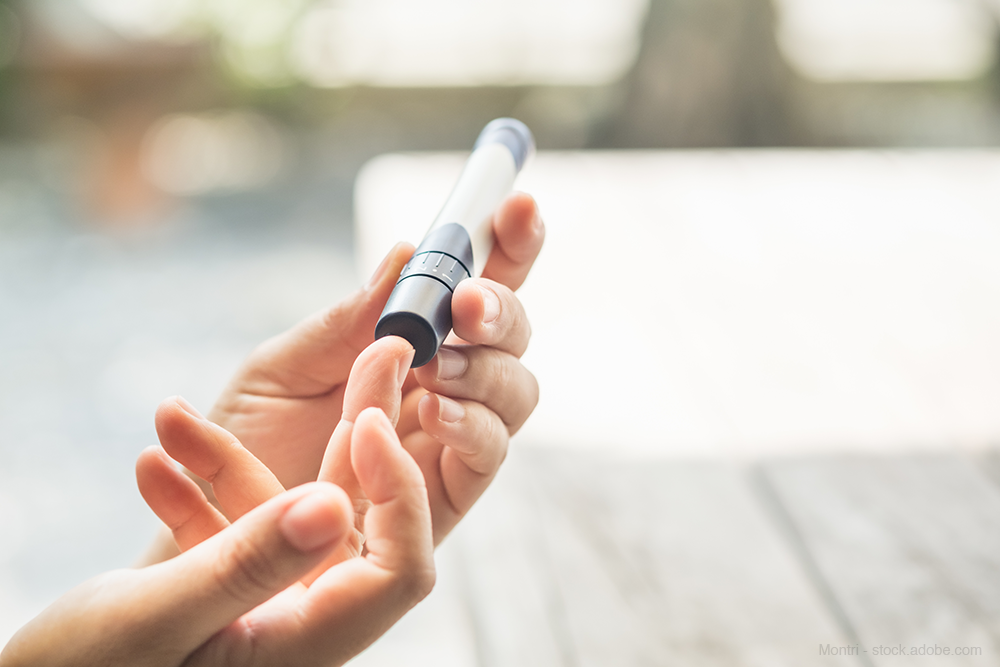The Global Rise of Diabetes
Preventive care is key to overcome the treatment and management challenges of this chronic condition.

One in 11 adults have diabetes, largely brought on by an over-rich lifestyle short on exercise, the International Diabetes Federation (IDF) reported.
In its latest Diabetes Atlas, the IDF said the current number of 463 million people with diabetes would jump to 578 million by 2030 and to 700 million by 2045, posing huge challenges for treatment and management of a disease which is already a top-10 killer worldwide.
The IDF said the report shows an increase of 38 million cases over its previous survey in 2017 and noted that 50.1% of adult sufferers are undiagnosed.
“Untreated diabetes can lead to a number of horrific consequences, including neuropathy, amputation, blindness, and even death,” says Elizabeth Klunk, senior vice president of medical management at Versant Health, managed vision care and benefits company located in Linthicum Heights, Maryland. “In the case of vision, diabetics are at risk for a number of issues, including glaucoma and cataracts, as well as a blinding condition called diabetic retinopathy-and most critically, losing their ability to live independently.”
Related: Diabetes Drug Costs Drive Non-Adherence
Diabetes treatment costs the United States an estimated $327 billion annually, with $237 billion coming from direct medical costs and $90 billion coming from decreased productivity, according to the American Diabetes Association.
“Early detection is critical to curbing exorbitant care costs from chronic conditions like diabetes, and healthcare executives must ensure they are offering the comprehensive preventive care options that can catch the disease at its earliest stages,” Klunk.
“Preventative eye care screenings are one of the easiest and most cost-effective ways to detect diabetes early and get members the intervention that they need,” she says. “The two main ways people with type 2 diabetes learn they have the disease are a high-fasting blood glucose test with a reading of 150 mg/dL or higher or an eye exam. The second one may sound surprising, but research shows that a regular eye exam can identify a number of medical conditions, including diabetes, often before the patient even knows they have the disease. In fact, 20% of people first learn that they are diabetic as a result of an eye exam.”
Further, according to Klunk, healthcare executives must consider whether they are collaborating with healthcare organizations that can drive preventative care access and provide educational resources to members.
“The healthcare system can be confusing for members to navigate and healthcare executives would be wise to collaborate with groups that can cut through the noise,” she says. “Regular appointment reminders and community outreach are simple ways to ensure that people understand how access to eye exams is about more than just glasses, and can, in fact, drive meaningful outcomes for those at risk of diabetes.”
Similarly, according to Klunk, data-sharing should not be overlooked as care networks’ leading method of detecting, tracking, and managing conditions like diabetes, for which symptoms can appear throughout the body.
“For example, reviewing claims from an eye care professional enables care organizations to use predictive analytics to proactively detect diabetes and/or diabetic retinopathy,” she says.
Extending the Capabilities of the EHR Through Automation
August 2nd 2023Welcome back to another episode of "Tuning In to the C-Suite," where Briana Contreras, an editor of Managed Healthcare Executive, had the pleasure of chatting with Cindy Gaines, chief clinical transformation officer at Lumeon.
Listen
Upended: Can PBM Transparency Succeed?
March 6th 2024Simmering tensions in the pharmacy benefit management (PBM) industry have turned into fault lines. The PBMs challenging the "big three" have formed a trade association. Purchaser coalitions want change. The head of the industry's trade group says inherent marketplace friction has spilled over into political friction.
Read More
Florida Gets the OK. But Will Drug Importation from Canada Actually Happen?
March 5th 2024Canadian health officials warn that maintaining a drug supply for Canadians is their priority. The staunch opposition of the U.S. pharmaceutical industry may also be an obstacle to imports from north of the border.
Read More